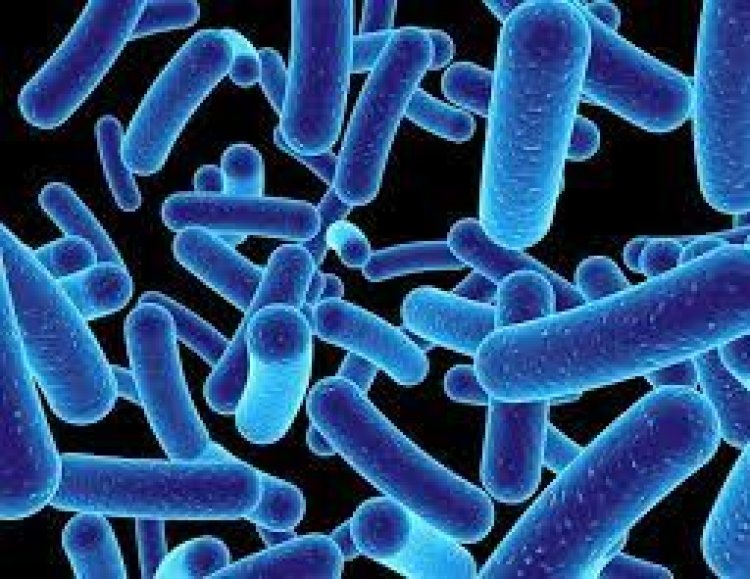Study reveals how tumor use natural purple photosynthetic bacteria as anticancer therapy

Tokyo, Japan: Cancer is still one of the major causes of mortality in the globe. Researchers are continually exploring for novel medicines that have better anticancer efficacy, less side effects, and are less expensive. The capacity of certain bacteria to selectively grow inside hypoxic tumours, i.e., cells that do not get a strong oxygen supply, has increased interest in bacterial agents as anticancer therapies in recent years.
However, bacterial anticancer treatments often centre on the concept of bacteria as a medication carrier and employ complex and costly scientific approaches like as genetic engineering, synthetic bioengineering, and nanotechnology. As a result, it is critical to find microorganisms that are inherently effective and tumor-specific, removing the need for modern technology to increase their anticancer qualities.
Scientists have known for many years that some bacteria species develop naturally within tumours. So far, research on these bacteria, known as intratumoral bacteria, has concentrated on their involvement in cancer growth or their influence on other anticancer therapies, such as their capacity to minimise the deleterious effects of chemotherapy, among other things. Intratumoral bacteria as anticancer treatment are a relatively unexplored field of study.
Recently, a research team, led by Associate Professor Eijiro Miyako from the Japan Advanced Institute of Science and Technology (JAIST), revealed that intratumoral bacteria that are associated with natural purple photosynthetic bacteria show strong anticancer efficacy. Their findings have been published in Advanced Science.
Explaining their research, Dr. Miyako says, "We succeeded in isolating and identifying three types of bacteria from colon cancer tissues, Proteus mirabilis, which we have termed, A-gyo; photosynthetic Rhodopseudomonas palustris, which we have termed UN-gyo; and a complex bacteria that consists of both A-gyo and UN-gyo, which we call AUN. This consortium of bacteria, when injected into tumors, show a high antitumor effect."
The researchers injected the three bacteria, A-gyo, UN-gyo, and AUN into various mouse models of cancer. They found that these intratumoral bacteria can thrive in hypoxic tumor environments and trigger the immune system to kill the tumor cells. Essentially, the association between A-gyo and photosynthetic UN-gyo in the form of AUN provokes strong anticancer responses in mouse models of colorectal cancer, metastatic lung cancer, and extensive drug-resistant breast cancer. In fact, mice that were treated with these bacteria showed significantly prolonged survival rates. The anticancer efficacy of these bacteria was found even in mouse models that were treated with a single dose.
Another result from the study is the significant near-infrared fluorescence of AUN in tumors, indicating its potential as a tumor-specific diagnosis probe. The researchers also performed a variety of tests and assays to demonstrate that AUN has little effect on living tissue, i.e., it is biocompatible.
"Conventionally employed advanced anticancer therapies are extremely expensive," comments Dr. Miyako. "The anticancer bacteria assessed in this study can easily be grown in large quantities at low cost in simple, sustainable, low-carbon processes. This would be a huge boost to the accessibility of cancer treatment worldwide."















































